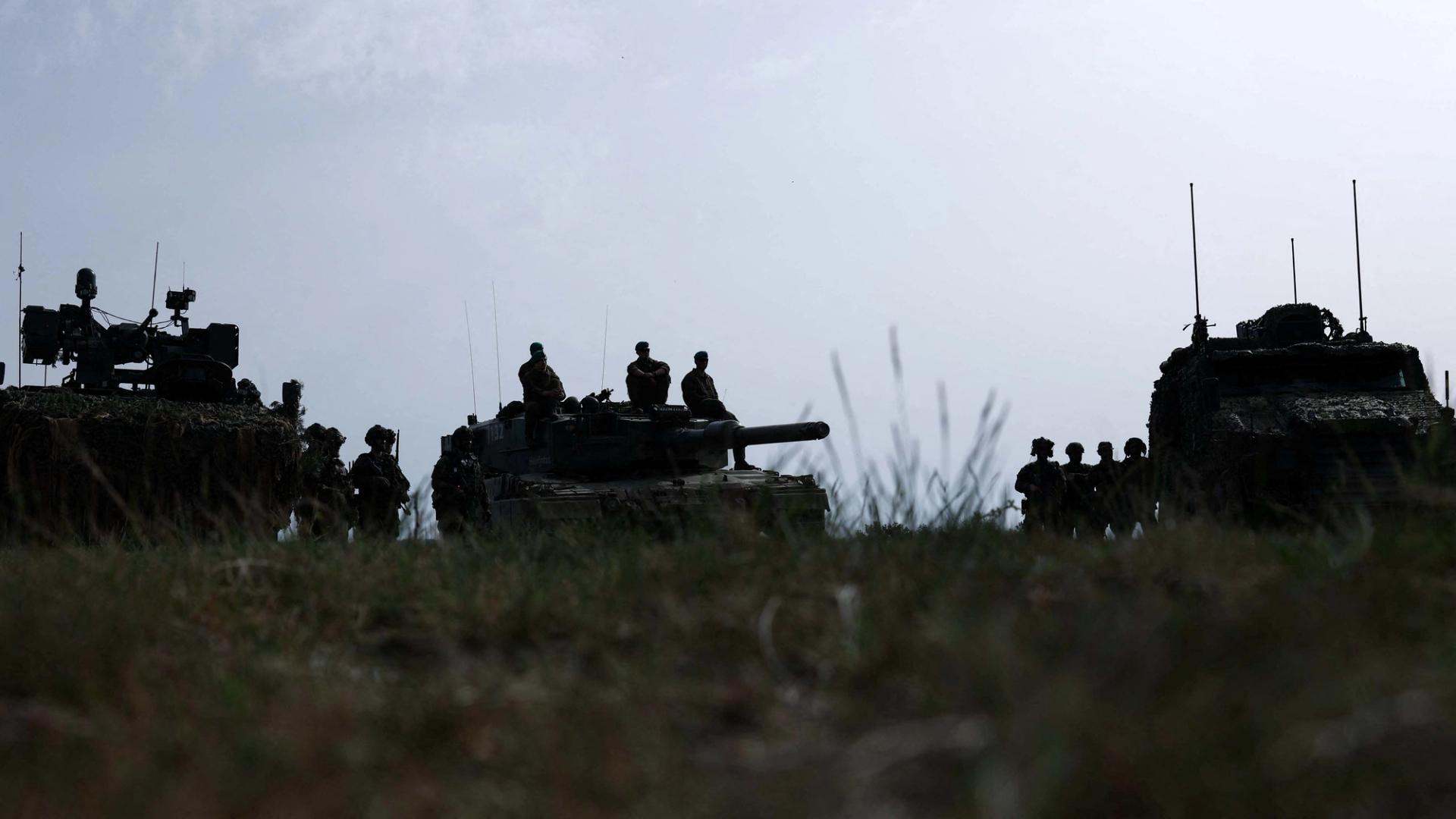The News
In the past week alone, 20 Republican senators demanded the Pentagon consider whether NATO countries were spending 2% of GDP on defense when deploying U.S. forces overseas; the ranking member of the U.S. Senate Foreign Relations Committee blasted Canada for failing to hit the 2% target; and Britain’s foreign secretary met with Republican presidential candidate Donald Trump to discuss “the need for NATO countries to meet their defense spending requirements.”
A decade after NATO countries committed to spending the equivalent of 2% of their economic output on defense, the number has come to dominate the debate over the alliance’s future, with Trump recently saying he would only remain committed to NATO if European allies hit their spending goals.
But when Semafor asked defense experts and Western officials about the 2% target, they said that as a metric for measuring countries’ efforts, the number was imperfect at best.
“The 2% target has been criticized basically from the moment this debate started,” Jan Techau, a former German defense official now at the Eurasia Group, said in an interview. “It is not a particularly smart metric. This is a political number.”
In this article:
Know More
The problem with measuring the alliance’s burden-sharing in terms of spending is that not all spending is equally useful.
For example, Greece has for years comfortably spent more than 2% of GDP on defense — its military is primarily focused on preparing for a conflict with another NATO member, Turkey, according to John R. Deni, a professor researching the alliance at the U.S. Army War College. What countries claim as defense spending also remains up for debate: Denmark has announced that it is on track to hit the 2% target this year, but Danish defense experts note this is due to clever accounting that sees Copenhagen include aid to Ukraine in its calculation, which many NATO members do not do.
Spending levels also fail to address key issues such as interoperability, the extent to which countries have compatible military equipment and doctrines to fight side by side. “It’s a shame that we have 27 EU members and have 27-plus different weapons systems, which is very far from efficient, and in some cases it’s not even interoperable,” the Finnish Foreign Minister Elina Valtonen said in an interview with Semafor, stressing that, beyond defense spending, the “willingness to use the capabilities we have jointly” is crucial.
The View From NATO
NATO has its own, more nuanced internal metrics for measuring burden-sharing among its members. But most of these remain classified to avoid alerting Russia and other adversaries to potential military weaknesses in the alliance and to prevent faltering member states from facing a dressing-down in public.
Some countries have chosen to publicize their goals: Norway is aiming to supply a heavy infantry brigade, Denmark has a goal of bolstering its air force, and the Netherlands has been asked to improve the readiness of its army, which has struggled due to understaffing and low stocks.
One NATO official, who spoke on condition of anonymity to discuss internal alliance dynamics, told Semafor that more member states are on track to hit their so-called “capability targets” — internal goals for each country to acquire specific military assets — a different metric from whether they were reaching the spending target. Even so, the official stressed that it is harder for countries lagging on defense spending to hit these goals.
Because NATO’s capability targets, as well as other internal metrics, are not disclosed by the alliance, experts said that the public lacks a full understanding of the alliance’s burden sharing. “We have somewhat crippled ourselves in terms of the narrative because we don’t get into outputs,” Douglas Lute, a former U.S. ambassador to NATO, told Semafor. “This shouldn’t be just some dark secret in a vault in NATO headquarters.”
Room for Disagreement
While spending remains an imperfect metric, experts told Semafor that it broadly maps on to the level of spending NATO has concluded it needs to deter the threat of war against the alliance. The figure was calculated by NATO military planners based on long-term plans and military targets, the Eurasia Group’s Techau said. “So it’s not a completely arbitrary number as some have suggested.”
“Every big political campaign has some bumper stickers, easily understood metrics by which progress can be gauged,” Lute said. “I think the evidence is that the 2% pledge has stood the test of time.”
Notable
- NATO’s European members are $60 billion short of hitting their spending targets, research by the Financial Times showed. As many laggards struggle with high levels of debt and budget deficits, economists warn that this will make it harder for Europe to up its defense spending.
- Trump has a point about European defense spending, three experts at the Atlantic Council wrote in Foreign Policy.

